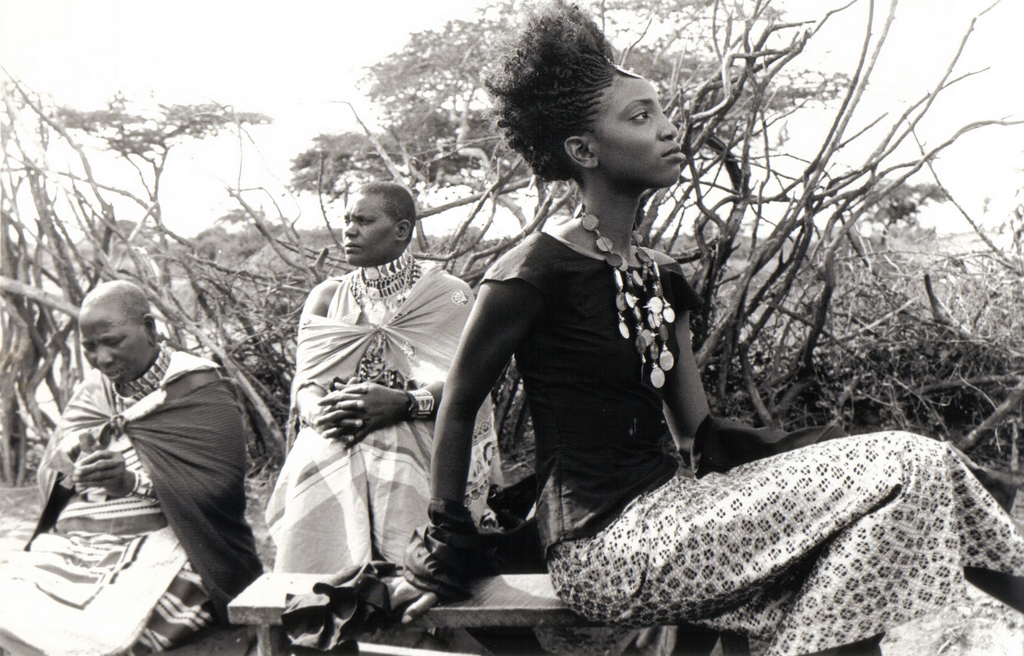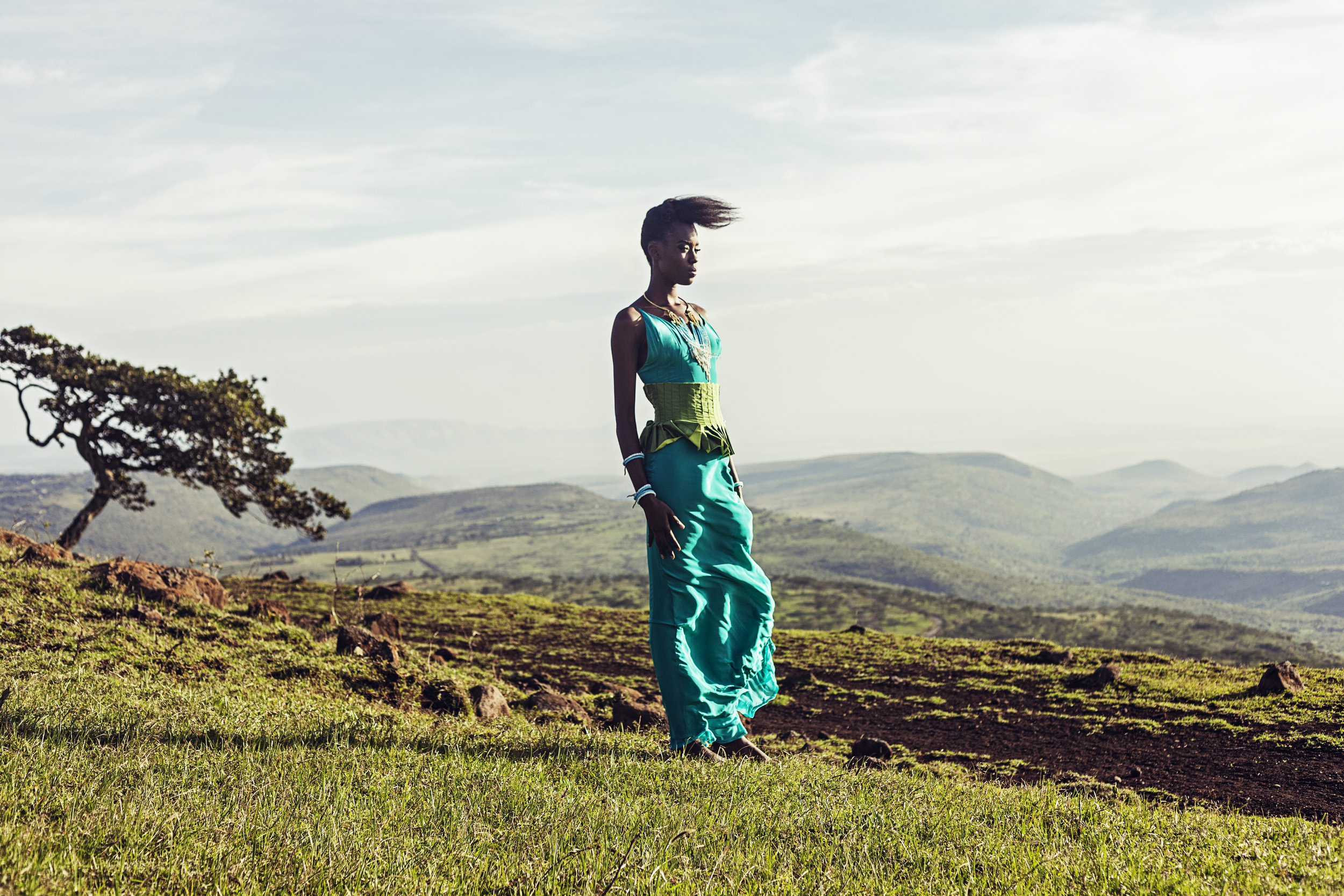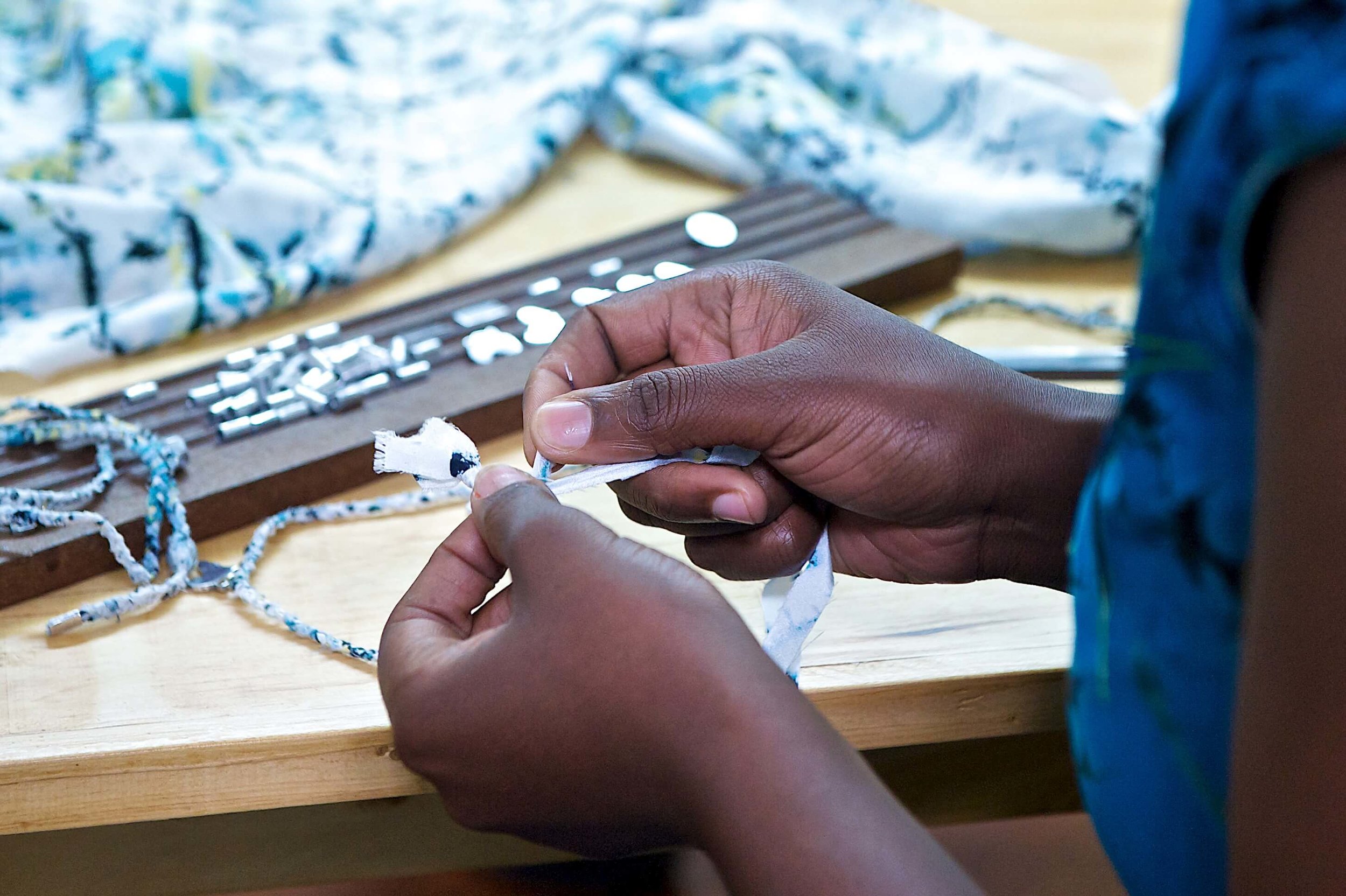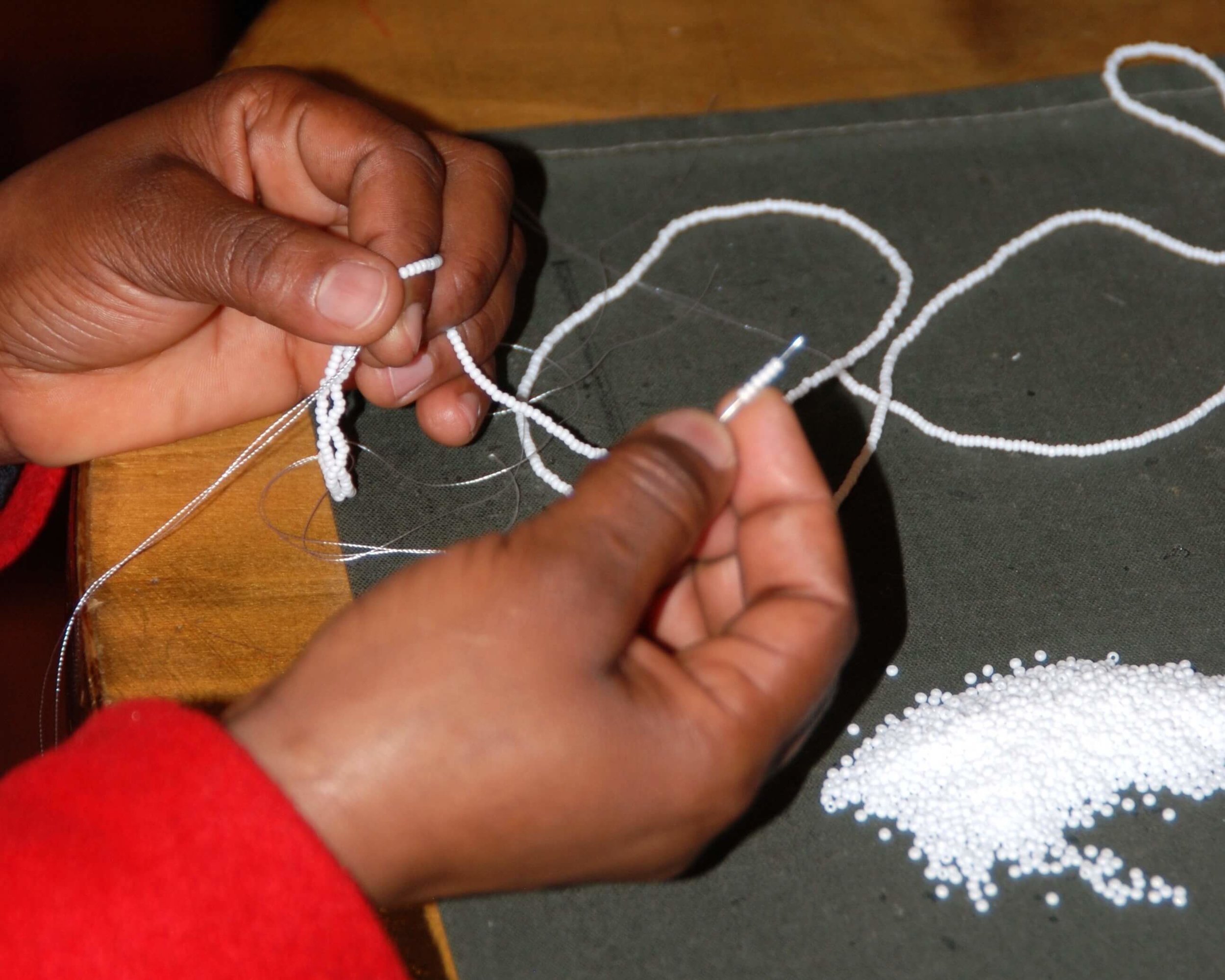ELISABETTA CAPOLINO, Founder & Creative Director
OUR STORY
Elisabetta Capolino is the founder and CEO of the creative brand dbetta, originally known as Le Collane di Betta.
Born in Rome, into a family of Italian fine jewelers, Elisabetta acquired the skills and savour fair from the most antique traditions of luxury crafts “made in Italy”.
Her later education in architecture and her passion for art were then essential for the creation of contemporary products, which are manufactured in an ethical and sustainable way.
Because of her bond with Africa which began in 1996, the year in which the stylist moved to Ethiopia, she started to design her first collection of jewelry, a combination of European heritage and cultural aspects of the rest of the world.
The first collections of the brand were created with tribal objects, assembled to create a modern style.
In 1998 Elisabetta moved to Kenya with her family where she founded the company Le Collane Ltd, and began production of the jewelry collections using locally sourced materials and working together with local artisans, as well as female entrepreneurial groups, to create a sustainable and sophisticated production suitable for an international market.
Her passion for art brought Elisabetta Capolino to collaborate with African artists towards the organization of cultural events and exhibitions that combined art and fashion, in both Africa and Europe.
In 2010 the brand was presented in the Biennale of Dakar Art (Dak Art).
In 2012 Elisabetta Capolino became one of the founders of the company CREA AFRICA and as the Creative Director she collaborated with others to produce accessory collections for luxury international brands such as Moschino, Mayet, Bex Rox, Diesel and Edun.
The brand dbetta was selected by Franca Sozzani, the editor of Italian Vogue, as well as by the Goodwill’s ambassador for the project Fashion4Development, who also sponsored ONU and Yoox.com, as one of the best brands in Africa for the combination of ethics and quality, innovation and tradition.
In 2015 Elisabetta Capolino was honoured to be awarded “Cavaliere dell’Ordine della Stella d’Italia” assigned by the President of the Italian Republic for her commitment to promote the Italian entrepreneurship abroad.
dbetta is globally valued and recognized in various fashion magazines for its sophisticated and elegant combination of Italian Design, international partnership and modern contemporary aesthetic of its jewelry.
OUR TECHNIQUES
The craft techniques used for the production of dbetta’s collections are an essential aspect of the brand’s design. dbetta has collaborated with artisans in Kenya for more than 20 years and sustained its partnerships through training and development of the artisans businesses.
METAL CASTING
The ancestral technique has been passed down from generation to generation. The raw metal melted in Kenya is poured in sand molds and then left to form and solidify. The part obtained is filed and cleaned in order to obtain a unique and perfect product.
HAND BEADING
Beadwork is a cultural practice of great importance and symbolism in the communities of East Africa. The Maasai women learn from childhood to create traditional jewelry using antique techniques; small glass beads are threaded with a needle on a string, and finally assembled in multicoloured patterns giving rise to jewels that transmit specific messages within their community.
CARVING
Bone, horn and wood are traditional materials used in many cultures to carve jewellery reusing natural and waste material without affecting ecosystems. Not only does it serve as a tool with great technical capacities but it also turns raw material into a finished piece.
GLASSWORK
'A Lume di Cannello' is an incredibly antique method developed in Venice in the 16th century. The glass which is recycled from bottles and other glass waste is melted. When the correct melting temperature is reached, small balls are formed around a metal rod held in constant rotary motion.
In West Africa a different ancestral method is used to create the glass balls. The powdered glass beads, or what is often referred to as Krobo beads, are made from powdered glass that is collected from recycled bottles. The glass is sorted by colour and then crushed and ground with a mortar and pestle to turn it into a fine glass powder. After being sieved the glass powder is put into clay molds, in which often a cassava stick is left in each bead to make the hole for the thread. The molds are then placed in a furnace, and once ready they are left to cool down. The beads´ grainy surface is finally run under water and polished.
Special Thanks to:
Photographer: Joseph Hunwick | Model: Getrude Ogada
Photographer: Zachary Saitoti | Model: Faith Waithera Wanyama
Photographer: Robert Maletta | Model: Pauline









